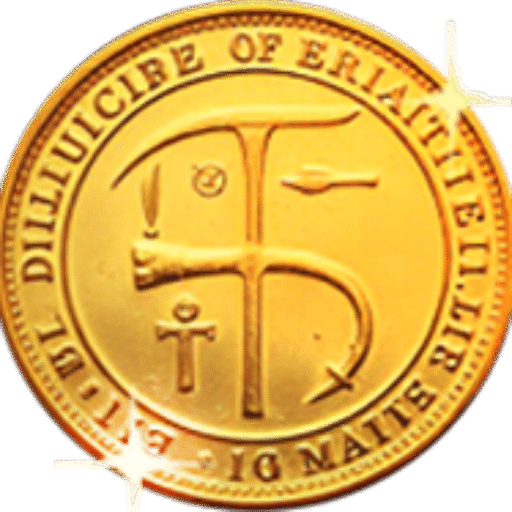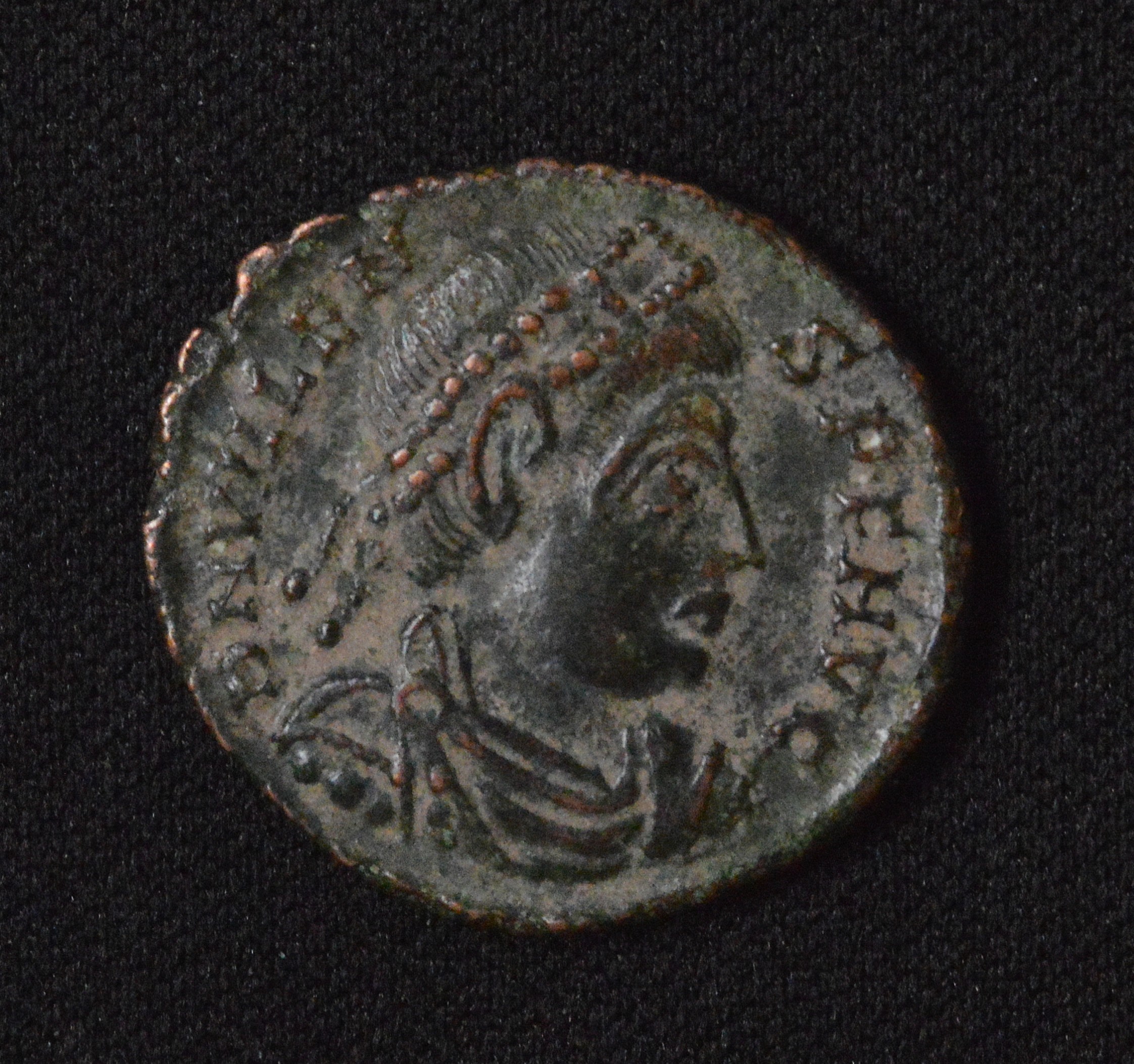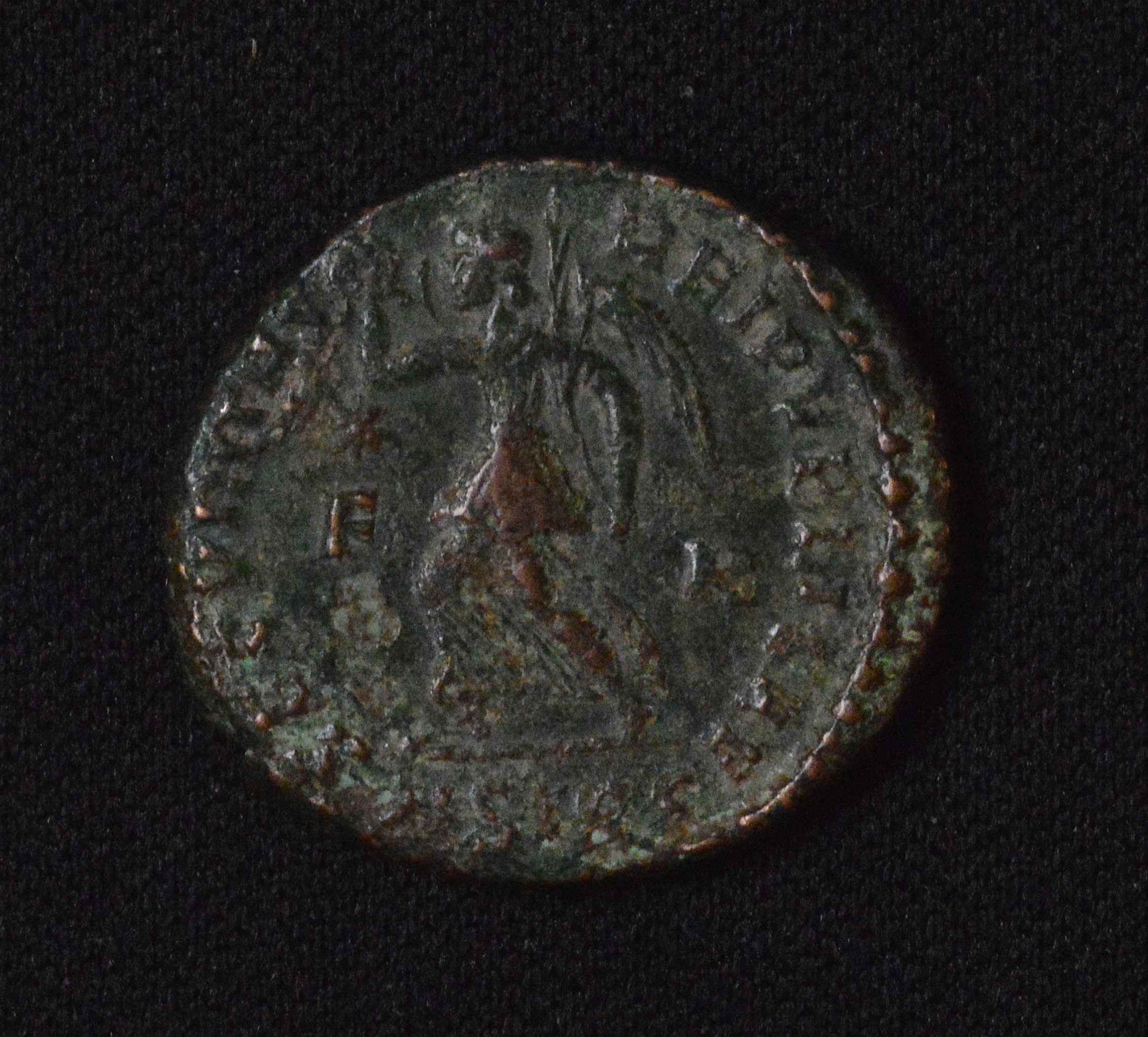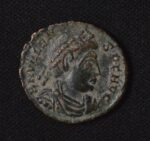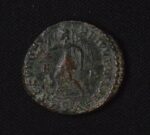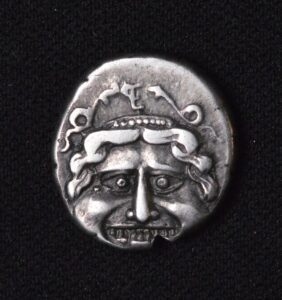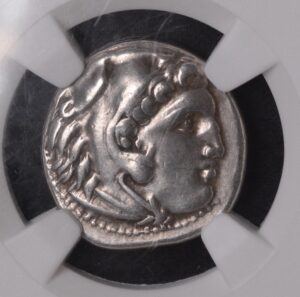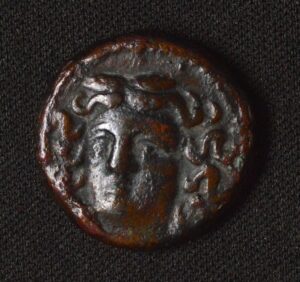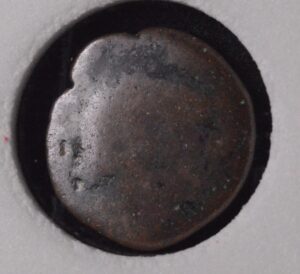FREE SHIPPING
Free Shipping for Orders over $150
Description
The Valens AE Follis minted at the Siscia Mint during AD 364-378 is a notable Roman Imperial bronze coin from the reign of Emperor Valens. Ruling the Eastern Roman Empire alongside his brother Valentinian I, Valens faced immense challenges—including revolts, Gothic invasions, and wars with Persia. His reign was marked by major events such as the Gothic War and the catastrophic Battle of Adrianople, where Valens fell in 378, signaling the rise of barbarian encroachment within Roman territory.
The obverse of the Valens AE Follis typically features a profile bust of Valens, often adorned with a diadem and imperial drapery, identified by inscriptions like “DN VALENS PF AVG” (Dominus Noster Valens Pius Felix Augustus). The reverse frequently displays motifs such as the emperor with military standards, allegorical figures of Victory, or images reflecting state propaganda, with mintmarks like SIS to denote the Siscia Mint (in modern Croatia).
Coins from Siscia are prized for their strong strikes and preserved details, offering a glimpse into the imperial portraiture and symbolism of the Late Roman Empire. These AE Follis bronzes were used throughout the eastern provinces, circulated heavily among soldiers and citizens during one of the last great periods of unified Roman authority in the Balkans.
Valens AE Siscia Follis coins appeal to collectors for their link to a dramatic era of Roman history, their variety of reverse types, and the representation of imperial resilience amidst the challenges that ultimately shaped the fate of the Roman Empire.
The Valens AE Follis minted at the Siscia Mint during AD 364-378 is a notable Roman Imperial bronze coin from the reign of Emperor Valens. Ruling the Eastern Roman Empire alongside his brother Valentinian I, Valens faced immense challenges—including revolts, Gothic invasions, and wars with Persia. His reign was marked by major events such as the Gothic War and the catastrophic Battle of Adrianople, where Valens fell in 378, signaling the rise of barbarian encroachment within Roman territory.
The obverse of the Valens AE Follis typically features a profile bust of Valens, often adorned with a diadem and imperial drapery, identified by inscriptions like “DN VALENS PF AVG” (Dominus Noster Valens Pius Felix Augustus). The reverse frequently displays motifs such as the emperor with military standards, allegorical figures of Victory, or images reflecting state propaganda, with mintmarks like SIS to denote the Siscia Mint (in modern Croatia).
Coins from Siscia are prized for their strong strikes and preserved details, offering a glimpse into the imperial portraiture and symbolism of the Late Roman Empire. These AE Follis bronzes were used throughout the eastern provinces, circulated heavily among soldiers and citizens during one of the last great periods of unified Roman authority in the Balkans.
Valens AE Siscia Follis coins appeal to collectors for their link to a dramatic era of Roman history, their variety of reverse types, and the representation of imperial resilience amidst the challenges that ultimately shaped the fate of the Roman Empire.
The Valens AE Follis minted at the Siscia Mint during AD 364-378 is a notable Roman Imperial bronze coin from the reign of Emperor Valens. Ruling the Eastern Roman Empire alongside his brother Valentinian I, Valens faced immense challenges—including revolts, Gothic invasions, and wars with Persia. His reign was marked by major events such as the Gothic War and the catastrophic Battle of Adrianople, where Valens fell in 378, signaling the rise of barbarian encroachment within Roman territory.
The obverse of the Valens AE Follis typically features a profile bust of Valens, often adorned with a diadem and imperial drapery, identified by inscriptions like “DN VALENS PF AVG” (Dominus Noster Valens Pius Felix Augustus). The reverse frequently displays motifs such as the emperor with military standards, allegorical figures of Victory, or images reflecting state propaganda, with mintmarks like SIS to denote the Siscia Mint (in modern Croatia).
Coins from Siscia are prized for their strong strikes and preserved details, offering a glimpse into the imperial portraiture and symbolism of the Late Roman Empire. These AE Follis bronzes were used throughout the eastern provinces, circulated heavily among soldiers and citizens during one of the last great periods of unified Roman authority in the Balkans.
Valens AE Siscia Follis coins appeal to collectors for their link to a dramatic era of Roman history, their variety of reverse types, and the representation of imperial resilience amidst the challenges that ultimately shaped the fate of the Roman Empire.
CUSTOMER FEEDBACK








Related Products




SHIPPING POLICY
Your order is shipped from the United States with USPS tracking within one business day.
14 Day Return Policy
You can return your item back within
14 days of the purchase

Secure payments
Your payments are 100% secure and are processed through Square or PayPal on a protected security network.
SHIPPING POLICY
FREE International and Domestic (United States) shipping. Your order is shipped with USPS tracking 24 hours after you order.
14 Day Return Policy
You can return your item back within
14 days of the purchase

Secure payments
Your payments are 100% secure and are processed through Square or PayPal on a protected security network.
RESOURCES
support
Get Fresh Articles!
Sign up now to receive our articles for the latest insights and promotions!
RESOURCES
support
Get Fresh Articles!
Signup our newsletter to get update insight or promotions.

